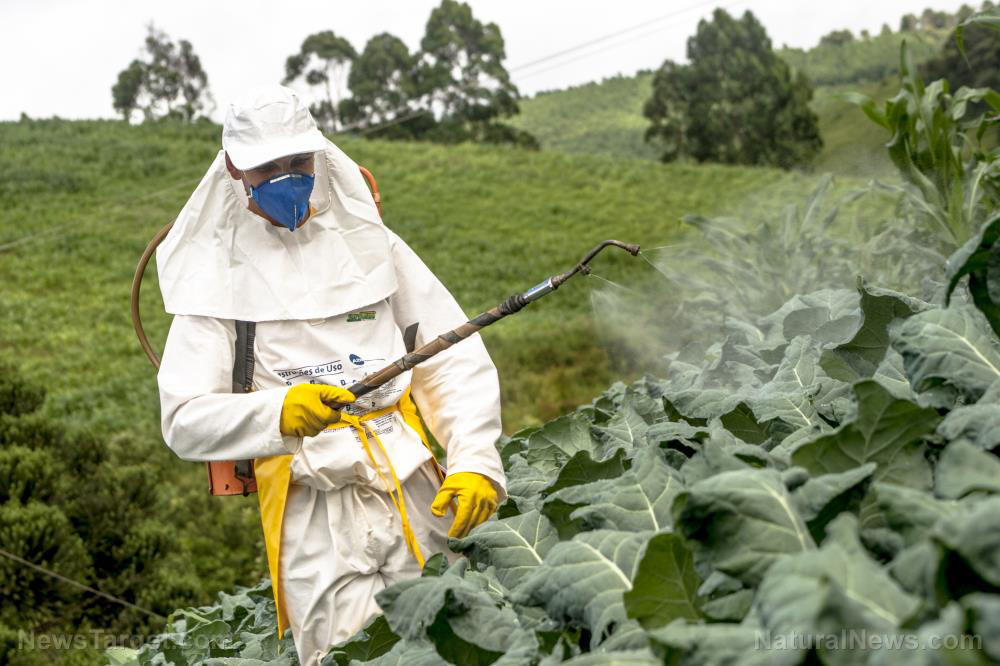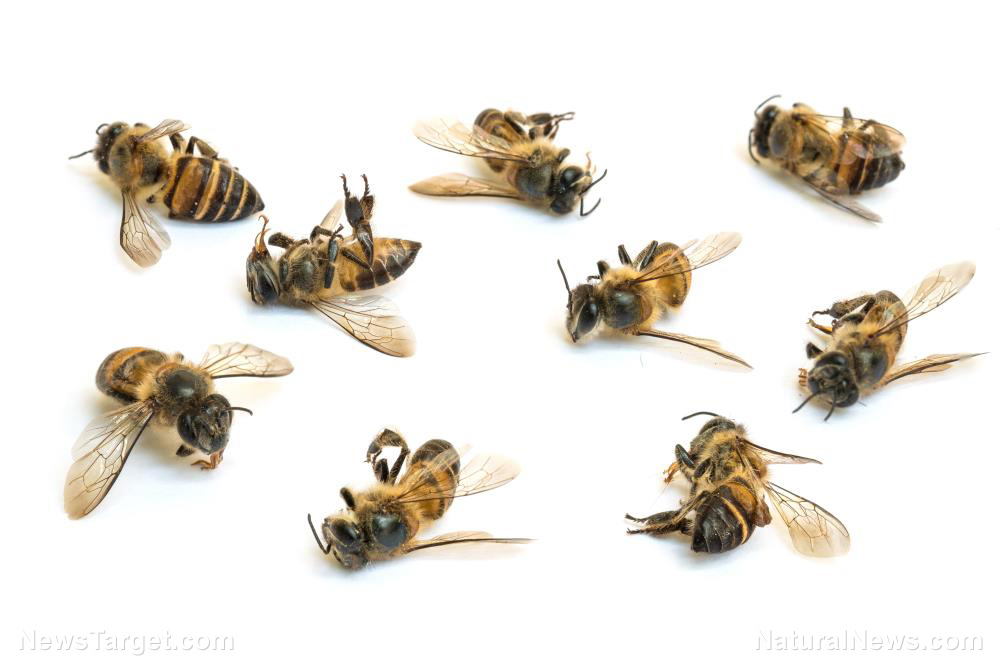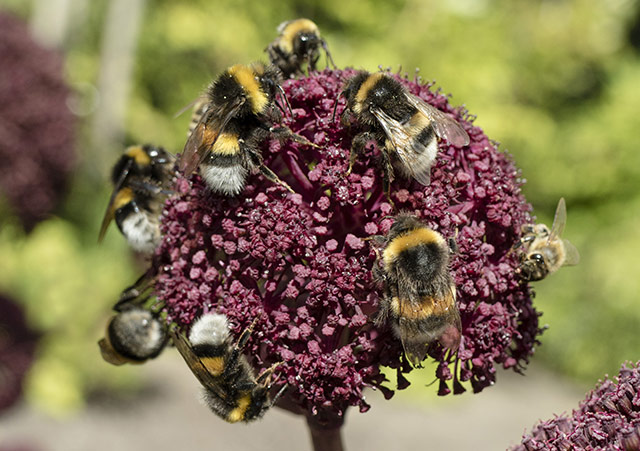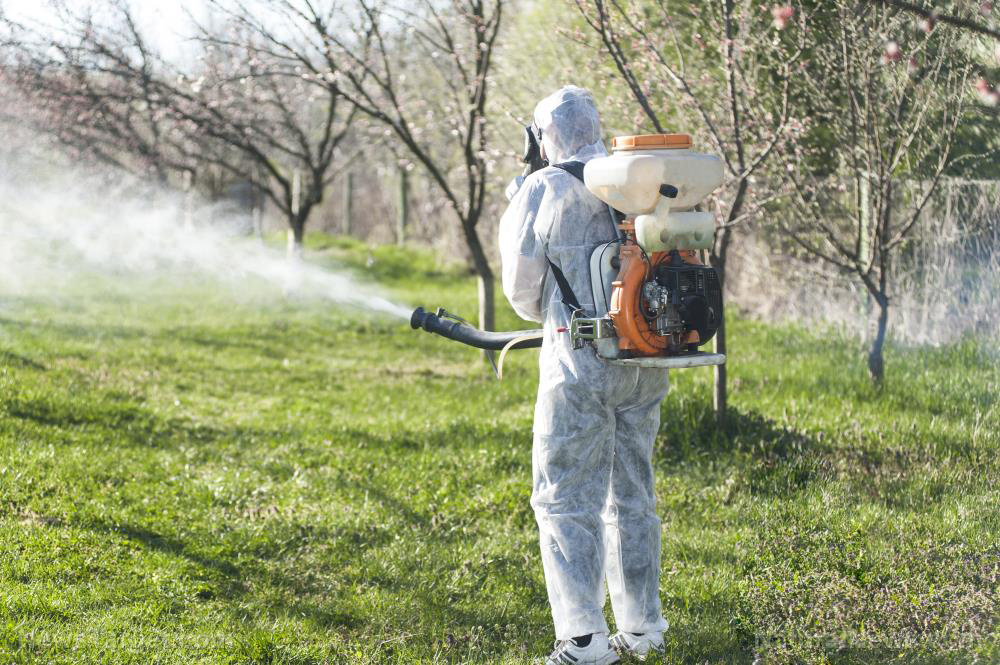Essential oils from T. fontanesii and S. calamintha could be used for weed biocontrol
07/14/2020 / By Evangelyn Rodriguez

In this study, researchers from Algeria evaluated the phytotoxicity of essential oils extracted from two Labiatae (mint) species, namely, Thymus fontanesii and Satureja calamintha. Their findings were published in the Journal of Essential Oil Research.
- T. fontanesii (Algerian thyme) and S. calamintha (lesser calamint) essential oils were tested against some of the most harmful weeds in Algeria.
- These included Sinapis arvensis (wild mustard), Avena fatua (common wild oat), Sonchus oleraceus (common sowthistle), Xanthium strumarium (rough cocklebur) and Cyperus rotundus (nutgrass).
- The researchers first obtained the essential oils via hydrodistillation and analyzed them using gas chromatography and mass spectrometry.
- They reported that T. fontanesii essential oil contained the following dominant compounds:
- Carvacrol, 52.1 percent
- Thymol, 13.3 percent
- P-cymene, 12.2 percent
- y-Terpinene, 8.1 percent
- Meanwhile, the S. calamintha essential oil contained:
- 1,8-cineole, 28.4 percent
- Pulegone, 10.2 percent
- Menthone, 9.7 percent
- Isomenthone, 9.6 percent
- Bio-assessments showed that both essential oils had strong herbicidal effects on seed germination (at 0.01, 0.02 and 0.03 percent) and 3-4 leaf stage weeds (at 1, 2 and 3 percent).
- These effects were attributed to their ability to disrupt physiological processes.
Based on these findings, the researchers concluded that T. fontanesii and S. calamintha essential oils can be used for weed biocontrol.
Journal Reference:
Benchaa S, Hazzit M, Zermane N, Abdelkrim H. CHEMICAL COMPOSITION AND HERBICIDAL ACTIVITY OF ESSENTIAL OILS FROM TWO LABIATAE SPECIES FROM ALGERIA. Journal of Essential Oil Research. 12 February 2019;31(4):335–346. DOI: 10.1080/10412905.2019.1567400
Tagged Under:
Get Our Free Email Newsletter
Get independent news alerts on natural cures, food lab tests, cannabis medicine, science, robotics, drones, privacy and more.
Your privacy is protected. Subscription confirmation required.
Get Our Free Email Newsletter
Get independent news alerts on natural cures, food lab tests, cannabis medicine, science, robotics, drones, privacy and more.
Your privacy is protected. Subscription confirmation required.
RECENT NEWS & ARTICLES
Get Our Free Email Newsletter
Get independent news alerts on natural cures, food lab tests, cannabis medicine, science, robotics, drones, privacy and more.
Subscription confirmation required. We respect your privacy and do not share emails with anyone. You can easily unsubscribe at any time.
COPYRIGHT © 2017 PESTICIDES NEWS
Get Our Free Email Newsletter
Get independent news alerts on natural cures, food lab tests, cannabis medicine, science, robotics, drones, privacy and more.
Subscription confirmation required. We respect your privacy and do not share emails with anyone. You can easily unsubscribe at any time.
x
By continuing to browse our site you agree to our use of cookies and our Privacy Policy.




















